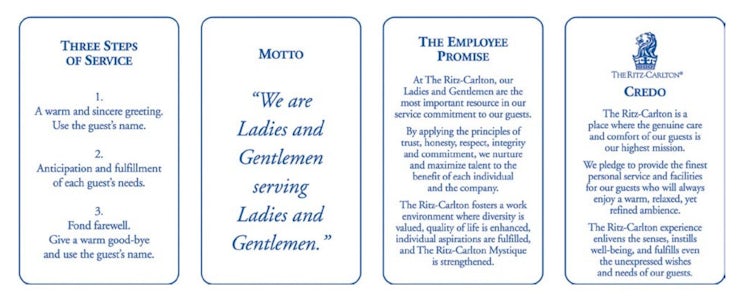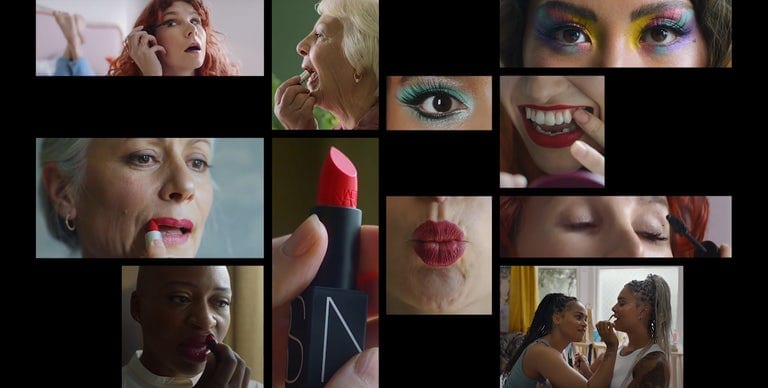Boots is trying to reach almost all UK consumers with its new ads, but is pairing them with targeted performance marketing – and it needs both.
Horst Schulze horrified his parents. Despite growing up in a relatively well-to-do family in western Germany, at 11-years-old he had only one career in mind. He wanted to work in hotels. Eventually, at the age of 16, his exasperated parents enrolled him in a nearby hotel school that allowed him to work as an apprentice bell boy six days a week and spend the other day studying hotel operations.
It was during that first year of school, while writing an essay, that Schulze coined a phrase that would one day become a legendary part of the hotel business. He wanted to capture the fact that the great hotel staff he was now working alongside were just as fine and impressive as the clients that they worked for. These men and women did not just serve guests, they delivered such first-class service that they became respected and elevated because of it. “We are ladies and gentlemen,” he explained in his essay. “And we serve ladies and gentlemen.”
Decades later, Schulze had moved to America and become a specialist in hotel marketing. One day a team from Atlanta calledand offered him a role running a new hotel company called Ritz-Carlton. The minute Schulze took the reins he knew exactly the motto he would use to empower and inspire staff and attract high-end customers. He reached back to his teenage essay and made the phrase ‘Ladies and gentlemen serving ladies and gentlemen’ the core promise of the nascent hotel chain and the cornerstone of the brand’s now legendary ‘gold standards’ of service.

It’s a very 20th-century story. Not only because of its setting and provenance, but because of the nature of the motto itself. Schulze was looking for a way to stand out and differentiate his new hotel chain from the others in the category. His double-barrelled motto was not just an attempt to make the Ritz-Carlton appear exclusive, it was doubly so. It aimed at a certain kind of employee and certain type of customer who looked for something more than the typical hotel experience. If the motto were a geometric shape, it would be a triangle with its tip pointing vertically upwards from the base.
Of course, that’s all terribly unfashionable today. If young Schulze had written his essay in 2021, he would likely have been given an F and reprimanded for failing to acknowledge the new reality of ‘sophisticated mass marketing’. In barely a decade, most marketers have moved from trying to be as targeted and exclusive as possible to becoming completely open and mass-marketed. If I had a dollar for every time the world’s most important marketer, P&G brand supremo Marc Pritchard, expressed his regret at going too narrow in interviews, I would have enough money to buy a lot of razor blades.
Fashion for mass marketing
Marketers once looked to target a specific segment and ignore the rest of the market, crafting positioning statements that alienated as much as they resonated. Now a new generation of marketers eschews targeting and embraces the mass with the kind of positioning that opens the door to essentially everybody and anybody. All the time.
When Johnson & Johnson went to work on a new position for its Neutrogena brand this year, for example, the key words were accessibility and ubiquity. The subsequent slogan, which it launched in April, provides a perfect encapsulation of the mass marketing era we now inhabit. ‘For people with skin’ is the remarkably unremarkable new slogan the beauty brand now operates under.
It’s an almost total repudiation of the double exclusivity of the old Ritz-Carlton mantra, in that it’s open to literally everyone. The triangle of positioning has been completely inverted. Now the point sits at the bottom and the base at the top as the brand opens out to everyone.
Professor Byron Sharp and his little red book are to blame for most of this. In a quite outrageous example of industry influence he not only killed the sacred cow of targeting, he reinstated mass marketing, that most abhorred strategic failure, as cool and effective once again. I saw it when I looked at 50 years of Effie submissions. Around 2010, many big brands started sending Effie submissions in which they not only avoided any mention of target segments, but openly boasted of their attempt to aim for the sophisticated mass market – ie not quite everyone on the planet, but everyone who could buy in the category.
As usual, things have now gone too far. Most marketers are mediocre thinkers and fail F Scott Fitzgerald’s basic test of intelligence, in which they have to entertain two or more contradictory thoughts while still operating a marketing budget. They have swung from the starboard side of the marketing ship named ‘targeting’, to the opposite port side of the ship and its focus on mass marketing, with all the grace and nuance we might expect from a bunch of proverbial drunken sailors.
And yet it should be obvious to anyone with a decent functioning brain and some experience of marketing that mass marketing and target marketing can and should be fine bedfellows. We speak of long and short. ATL and BTL. Digital and traditional. Direct and indirect. And in each case we appreciate that both of these opposites provide a better path when conjoined together than separated and chosen over each other. Why not targeting and mass marketing too?
Mixing mass with targeted
There is a perfect exemplar taking place at the moment in the UK, with the reboot of the Boots brand…


